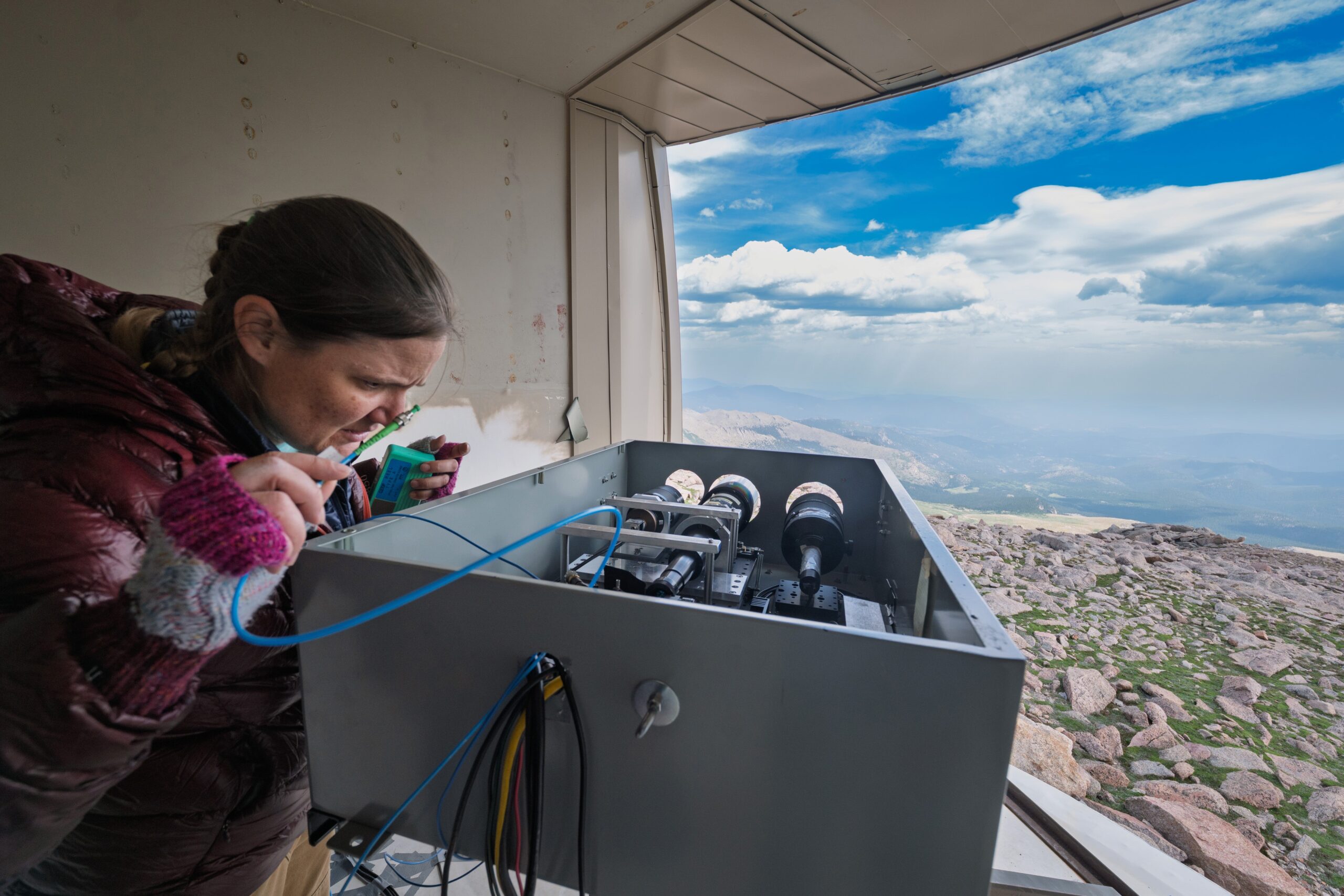News highlights:
- Arm–NVIDIA partnership continues to grow, driving new levels of co-design and collaboration in the AI era
- Ecosystem partners can integrate efficient Arm-based compute into NVIDIA NVLink Fusion ecosystem with full coherency and high bandwidth
- As demand for Neoverse continues to grow in the AI data center, customers now have greater choice in connecting workload acceleration to the Arm platform
AI is transforming data center computing in what we see as a once-in-a-generation architectural transformation. As AI models and workloads scale exponentially, power has become the rate limiter — making energy-efficient compute the key to unlocking the next wave of AI innovation. In this new era, success is no longer measured by raw performance alone, but by intelligence per watt: how much useful AI compute you can deliver for every unit of energy consumed.
At the center of this transformation is Arm Neoverse, the compute platform purpose-built for power-efficient, high-performance scaling. Today, Neoverse has been deployed in more than one billion cores and is on track to reach 50 percent market share across the top hyperscalers worldwide in 2025. Every major provider — AWS, Google, Microsoft, Oracle, and Meta—is building on Neoverse, and next-generation AI data center sites such as the Stargate project are anchored on Arm as the compute platform, underscoring Arm’s central role in powering AI at scale.
To meet this accelerating demand, Arm is extending the Neoverse platform with NVIDIA NVLink Fusion, bringing the same performance, bandwidth, and efficiency first pioneered with NVIDIA Grace Hopper and Grace Blackwell platforms to the entire ecosystem.
“Arm and NVIDIA are working together to set a new standard for AI infrastructure,” said Rene Haas, CEO, Arm. “Extending the Arm Neoverse platform with NVIDIA NVLink Fusion brings Grace Blackwell-class performance to every partner building on Arm — a milestone that reflects the incredible momentum we’re seeing in the data center.”
“NVLink Fusion is the connective fabric of the AI era — linking every CPU, GPU and accelerator into one unified rack-scale architecture,” said Jensen Huang, founder and CEO of NVIDIA. “Together with Arm, we’re extending this vision across Neoverse to empower innovators everywhere to design the next generation of specialized AI infrastructure.”
Two years ago, Arm and NVIDIA achieved an industry first with the NVIDIA Grace Hopper platform, and NVIDIA NVLink, delivering coherent CPU–GPU integration that redefined high-performance computing. To continue innovating at this pace, the ecosystem needs choice and flexibility — and NVLink Fusion gives partners the ability to connect Arm-based compute with their preferred accelerators through a coherent, high-bandwidth interface.
The strong momentum and sustained customer demand for Grace Blackwell are now fueling expansion of NVLink Fusion across the full Neoverse ecosystem, enabling partners to build differentiated, energy-efficient AI systems on Arm that meet the performance and scalability demands of the AI era.
Ecosystem partners are adopting NVLink Fusion to remove memory and bandwidth bottlenecks that limit AI system performance. NVIDIA NVLink Fusion was built to interface with AMBA CHI C2C (Coherent Hub Interface Chip-to-Chip) — a technology invented by Arm that provides the critical protocol definition for a coherent, high-bandwidth connection between CPUs and accelerators.
Building on this foundation, Arm is enabling the Neoverse platform with the latest edition of the AMBA CHI C2C protocol — ensuring C2C compatibility with NVIDIA NVLink Fusion — so that Neoverse-based SoCs can move data seamlessly between Arm-based CPUs and partners’ preferred accelerators. The result is quicker integration, faster time to market, higher-bandwidth accelerated compute, and greater flexibility for ecosystem partners building next-generation AI systems.
The Arm–NVIDIA partnership continues to grow, driving new levels of co-design and collaboration that deliver intelligence per watt, shaping the architecture of the AI era.
Any re-use permitted for informational and non-commercial or personal use only.
Media Contacts
Alexandra Harrod
Head of Technology & Product Communications
Alexandra.harrod@arm.com
+44 7795 363057






